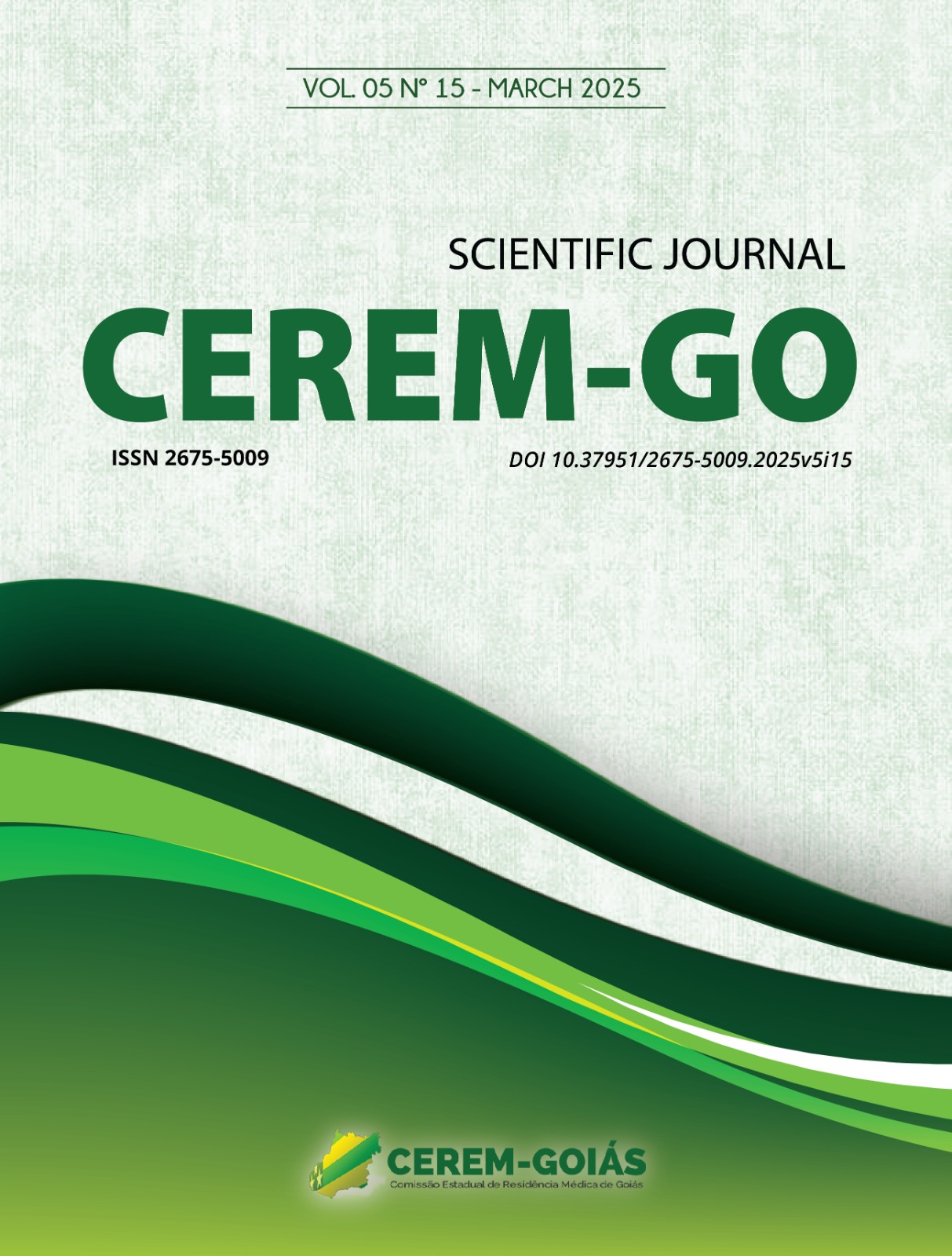Temporal distribution of leprosy notification rates in Goiânia
DOI:
https://doi.org/10.37951/2675-5009.2025v5i15.148Keywords:
Leprosy, Goiânia, Public health, Social inequality, EpidemiologyAbstract
Introduction: Leprosy is a chronic infectious disease that remains a public health challenge in Brazil, with high prevalence in vulnerable regions. The COVID-19 pandemic has worsened underreporting and access to diagnosis. Objective: To describe the temporal and sociodemographic distribution of leprosy notifications in the city of Goiânia. Method: Descriptive and observational study with secondary data on leprosy notifications, from 2014 to 2023. The data were obtained from the SINAN public domain website. All notifications from the period were considered. Population data were extracted from IBGE, and the variables used are gender, age group, education and race. Results: 2,188 cases of leprosy were recorded in the period, with a prevalence reduced from 25.63 to 8.71 per 100 thousand inhabitants. Men (59.8%) and mixed race (55.7%) had the highest number of cases. The COVID-19 pandemic negatively impacted the diagnosis of the disease, with partial recovery starting in 2022. Conclusion: Despite the reduction in cases, underreporting and inequality in access to health services remain challenges for the population. Inclusive and intersectoral strategies are needed for effective leprosy control.
Downloads
Published
Issue
Section
License
Copyright (c) 2025 Scientific Journal CEREM-GO

This work is licensed under a Creative Commons Attribution 4.0 International License.




